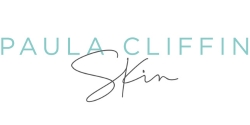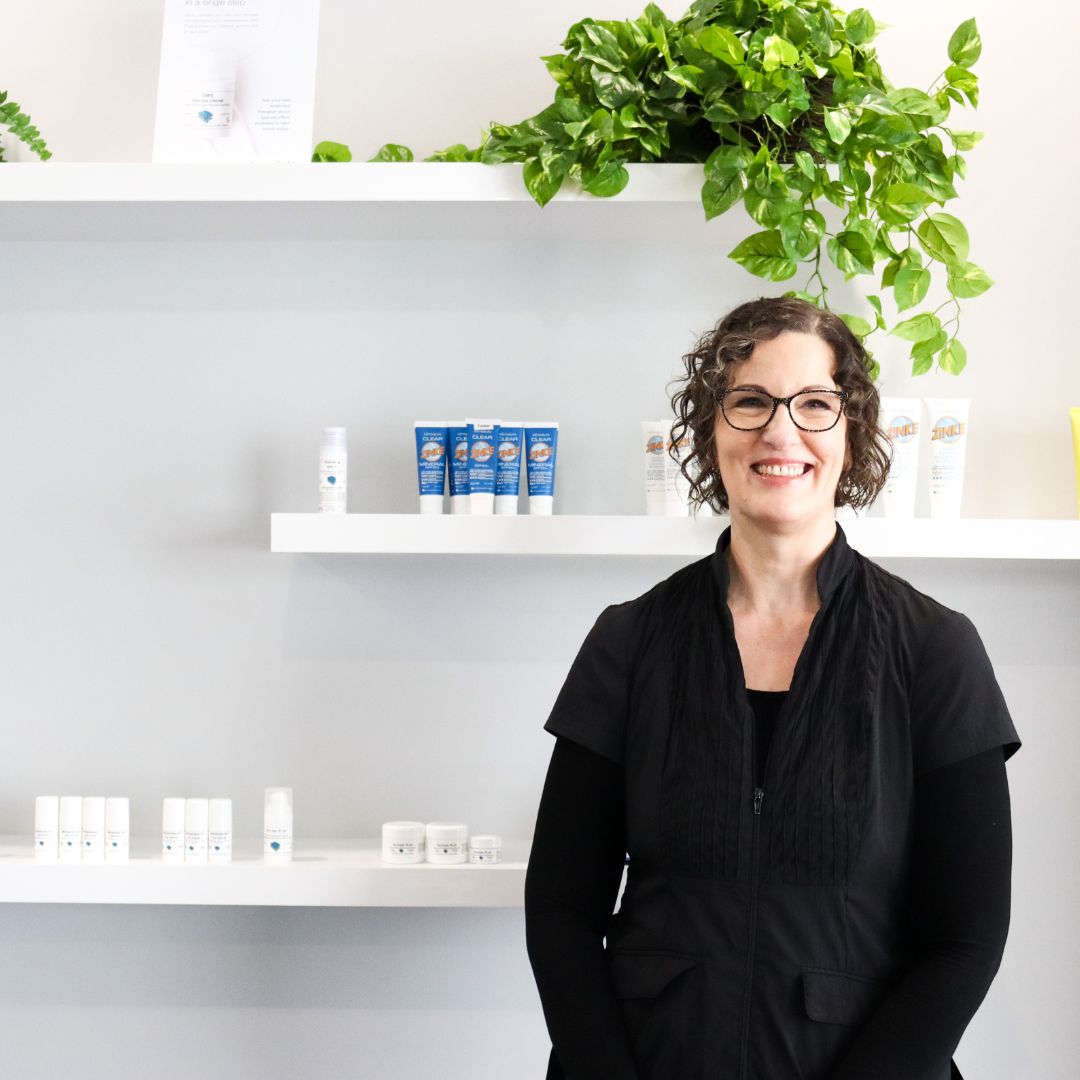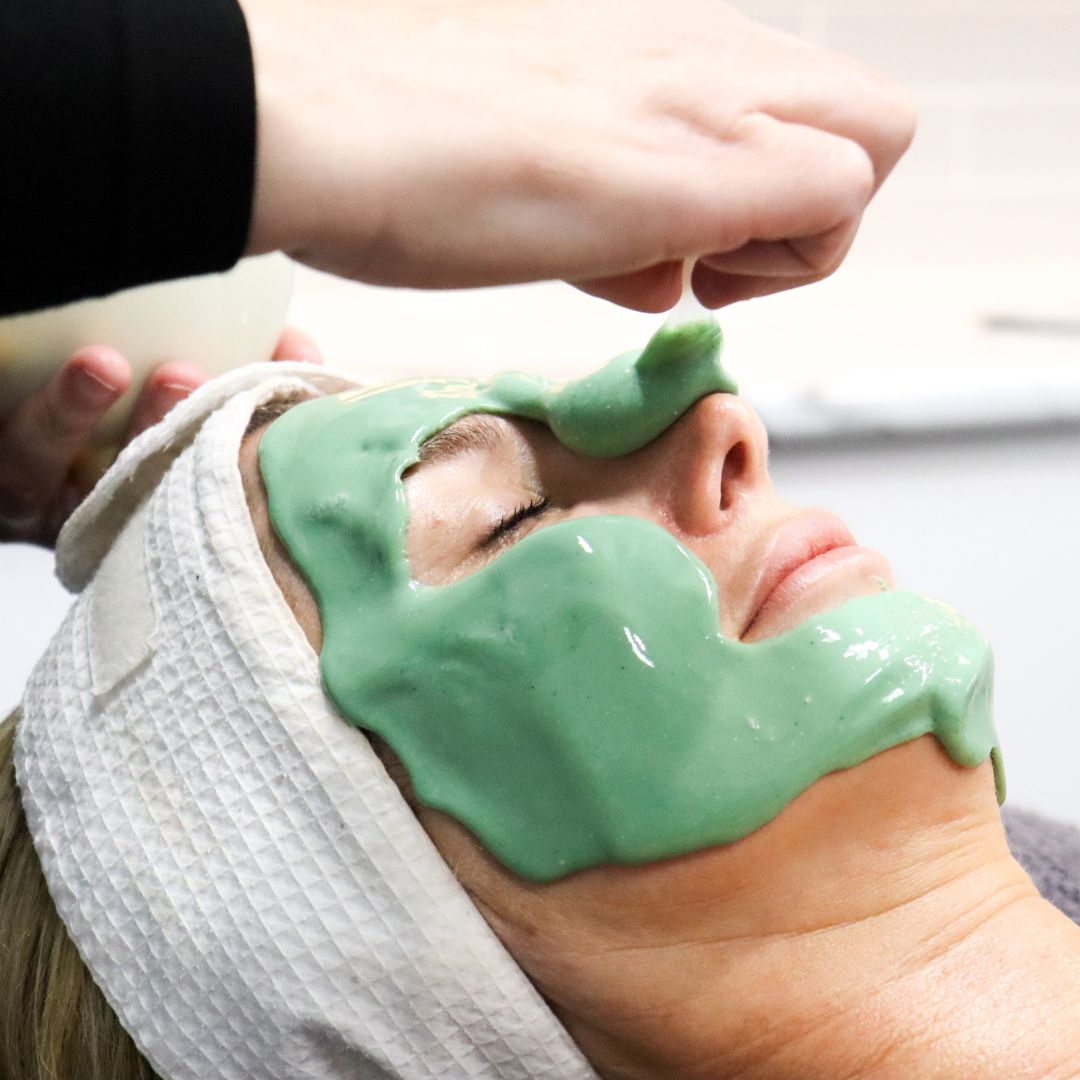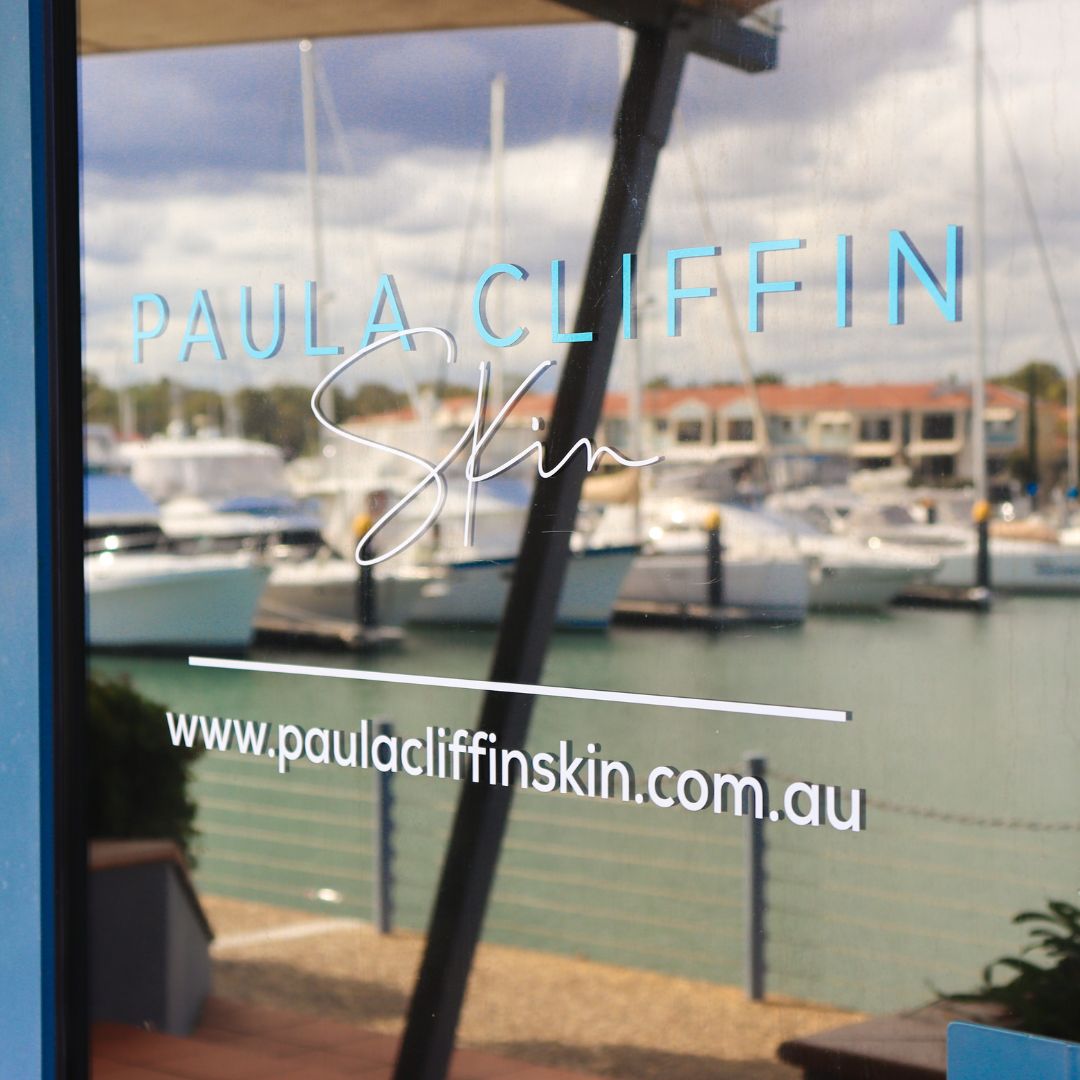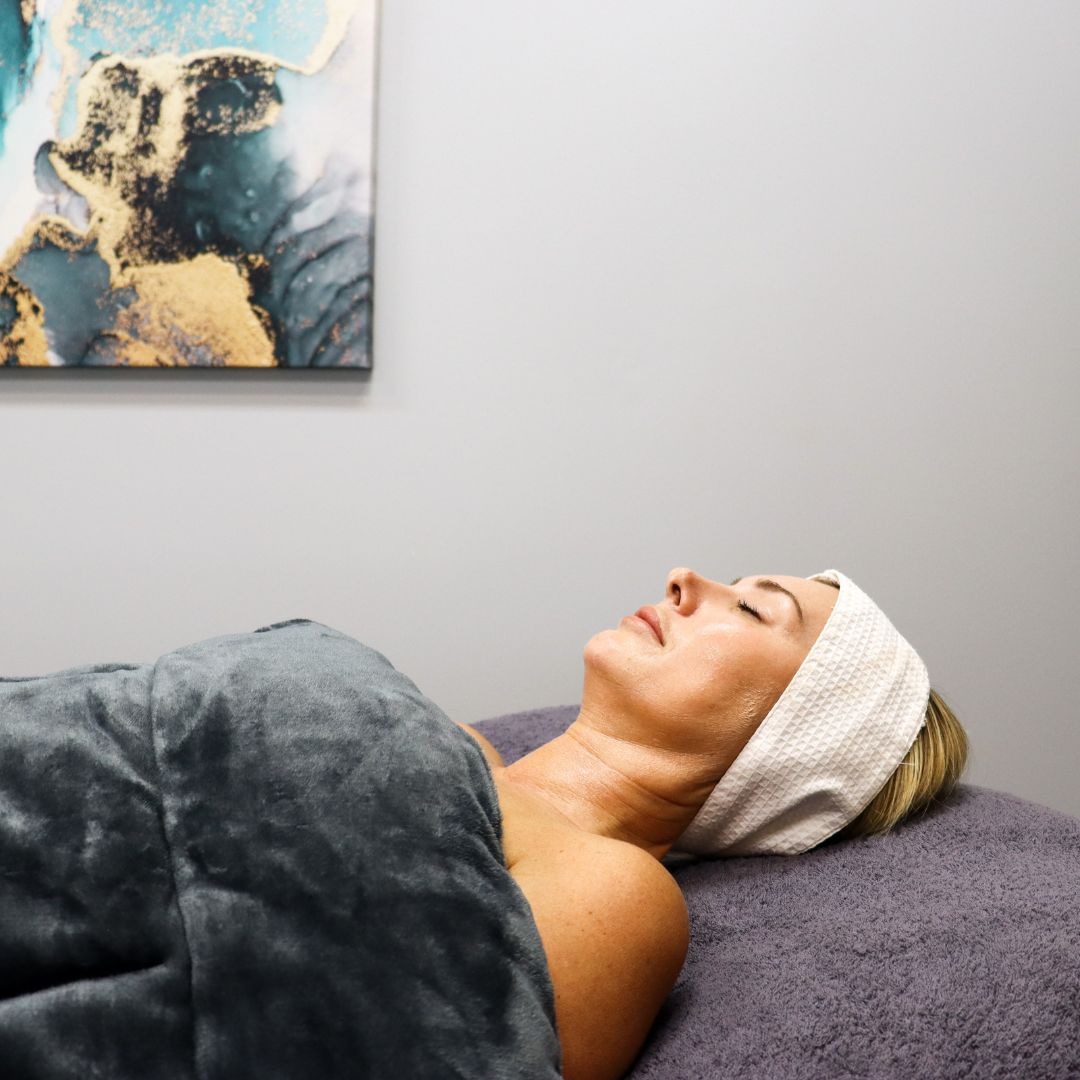Latest News
Stay up to date with the most recent developments in skincare.
Better skin starts today
Silicones – don’t be an Ostrich!!!!
My nickname used to be Ostrich (yes I am tall lol). At the moment I am surrounded by Ostriches so I challenge you to get your proverbial head out of the sand & get educated! Siloxanes (commonly known as silicone/s) are in many, many skincare products, make-up bases, primers, shampoo’s, conditioners, leave in conditioners & on & on. They give you that short-term luxurious, slippery, velvety, smooth feel but what are they? Well that depends on who you talk too. According to the (Dictionary), they are any of a class of synthetic materials which are polymers with a chemical structure based on chains of alternate silicon and oxygen atoms, with organic groups attached to the silicon atoms. Such compounds are typically resistant to chemical attack and insensitive to temperature changes and are used to make rubber and plastics and in polishes and lubricants. In summary, silicone is made up of carbon, hydrogen, oxygen & silicon (notice the different spelling, silicon comes from silica which comes from sand).
From a scientific point of view, according to a study by the US National Library of Medicine, National Institute of Health (Krystyna Mojsiewicz-Pienkowska, 2016) siloxanes (silicones) constitute a group of low molecular weight compounds, organosilicon oligomers and polymers. The dynamic development of silicones technology has exploded, with more than 150,000 practical applications being registered, including pharmaceutical, medical, cosmetic, and food production. That makes me go eeekkkkk!
Now remember, this is a study commissioned in 2016 & at that point global capacity of siloxanes production was more than 8,000,000 tons (in 2002 it was 2,000,000 tons). It was estimated that the global market for siloxanes (silicones) would reach more than 19 billion dollars by the year 2017!!!! Crickey probably much higher than that 1 year on.
Hold onto your hat, because this study also states 2 years ago it was estimated 50% of new skincare products contain at least one type of silicone. Sooooo what???
- Silicones are very hard to remove. The most common silicone, dimethicone, is extremely heavy and leaves a coating on whatever you have used it on. Primers & foundations are full of them.
- Imagine putting a piece of cling-wrap on your face or hair and walking around all day. This is how silicones act. Remember your skin is covered in microbiome (good and bad bacteria that live in harmony). I see allot of congestion/acne (blocking) & dull/dehydrated skins (hinders natural desquamation).
- The horrible truth is they are in widespread use because they are CHEAP, CHEAP, CHEAP. Do you honestly think the formulator cares about your skin, hair or our planet? They don’t. They care about their bottom line. Period.
- The latest craze is micellar waters, they may be colour and fragrance free but take a look at the silicones listed.
- The US study notes the safety of application decreases with the decrease in silicone particle size. This is due to the possibility to overcome biological membranes and skin barriers by low molecular siloxanes, which demonstrate a lipophilic character according to the rule of Lipinski. The bioavailability and also permeation of compounds through the skin layers is possible.
- Silicones are commonly regarded as non-toxic to humans and the environment, or toxic to a very small extent. However, there is a number of publications in which scientists and experts question this opinion. Many authors demonstrated that the degree of polymerization and the structure affect the ability to overcome cellular barriers, including stratum corneumof the skin and absorption into the organism, migration in the living organism, ability to accumulate, degradability and toxicity.
- An article in Canadian Health 2015 discusses silicones may be harmful to the environment and its biological diversity. This government have put safety measures in place to protect their eco-systems, which is very impressive.
- Cones: amodimethicone, cyclomethicone, dimethicone, methicone, trimethicone, trimethylsilylamodimethicone.
- Conols: dimethiconol.
- Silanes: bis-PEG-18 methyl ether dimethyl silane, triethoxycaprylylsilane, triethoxycaprylylsilane crosspolymer.
- Siloxanes: cyclopentasiloxane, polydimethylsiloxane, siloxane.
- Acrylamides
- Acrylates
- Carbomers
- Copolymers
- Methacrylates
- Polymers (most commonly polybutene and polyisobutene)
- Polyvinylpyrrolidone (PVP)
